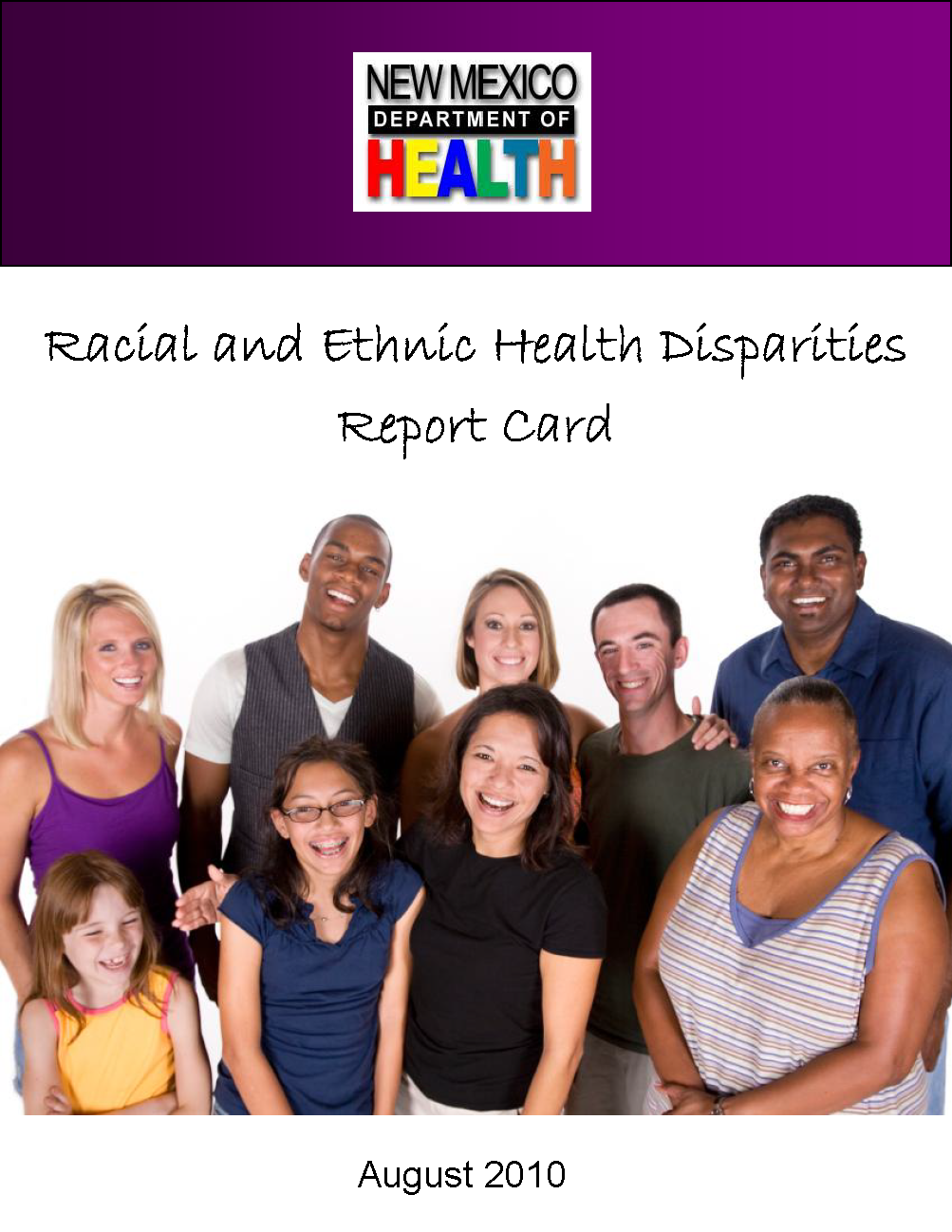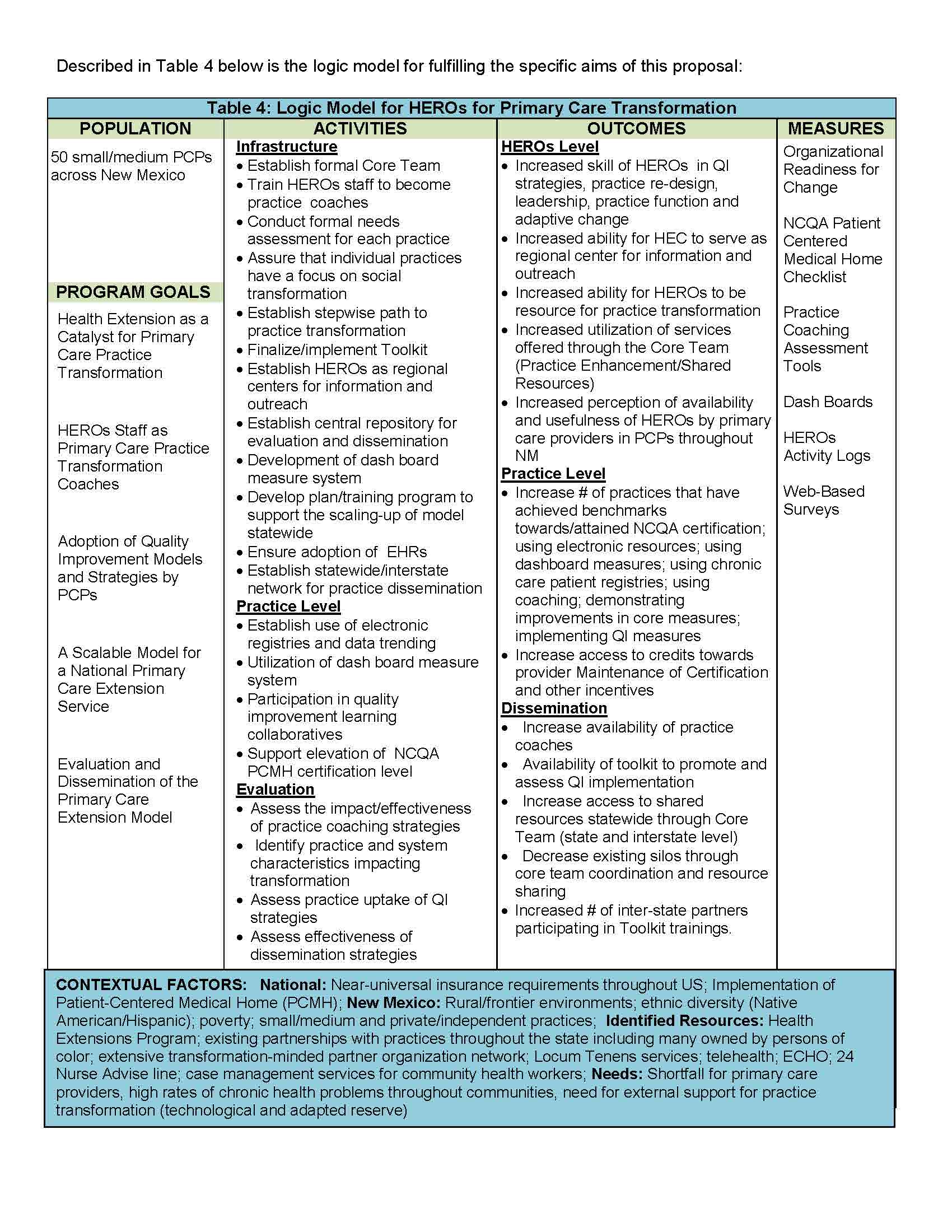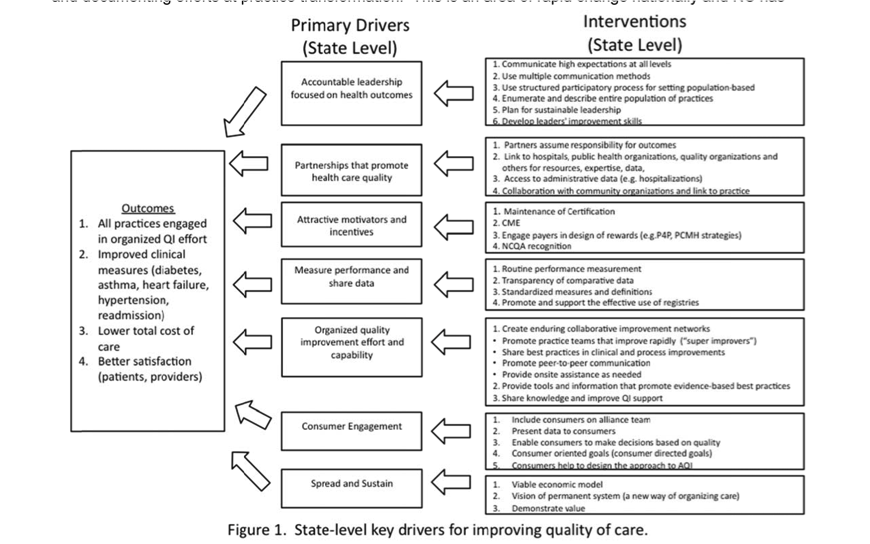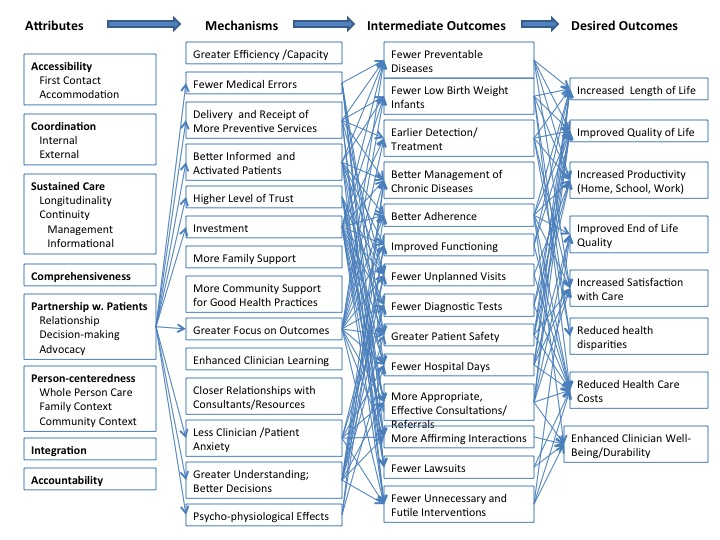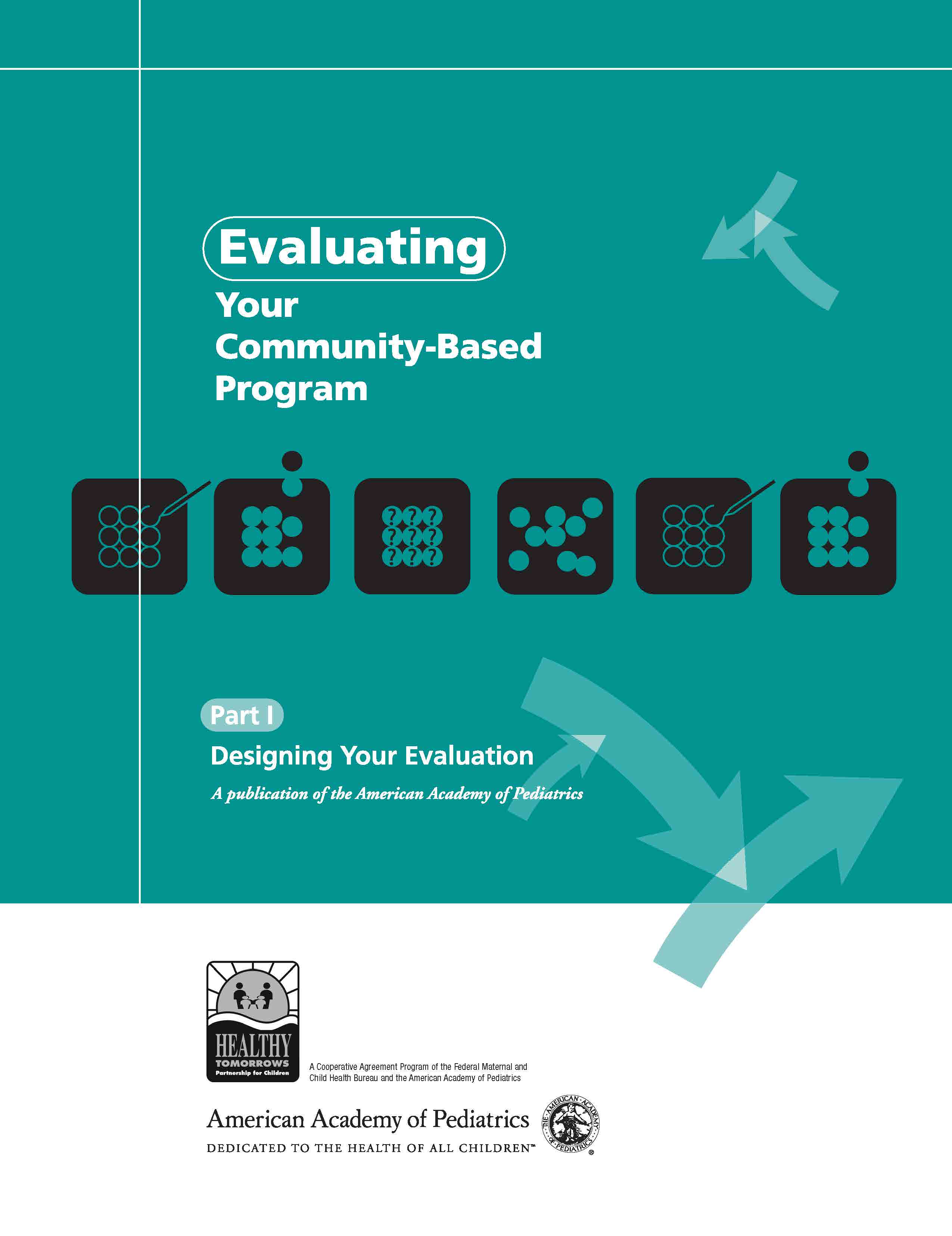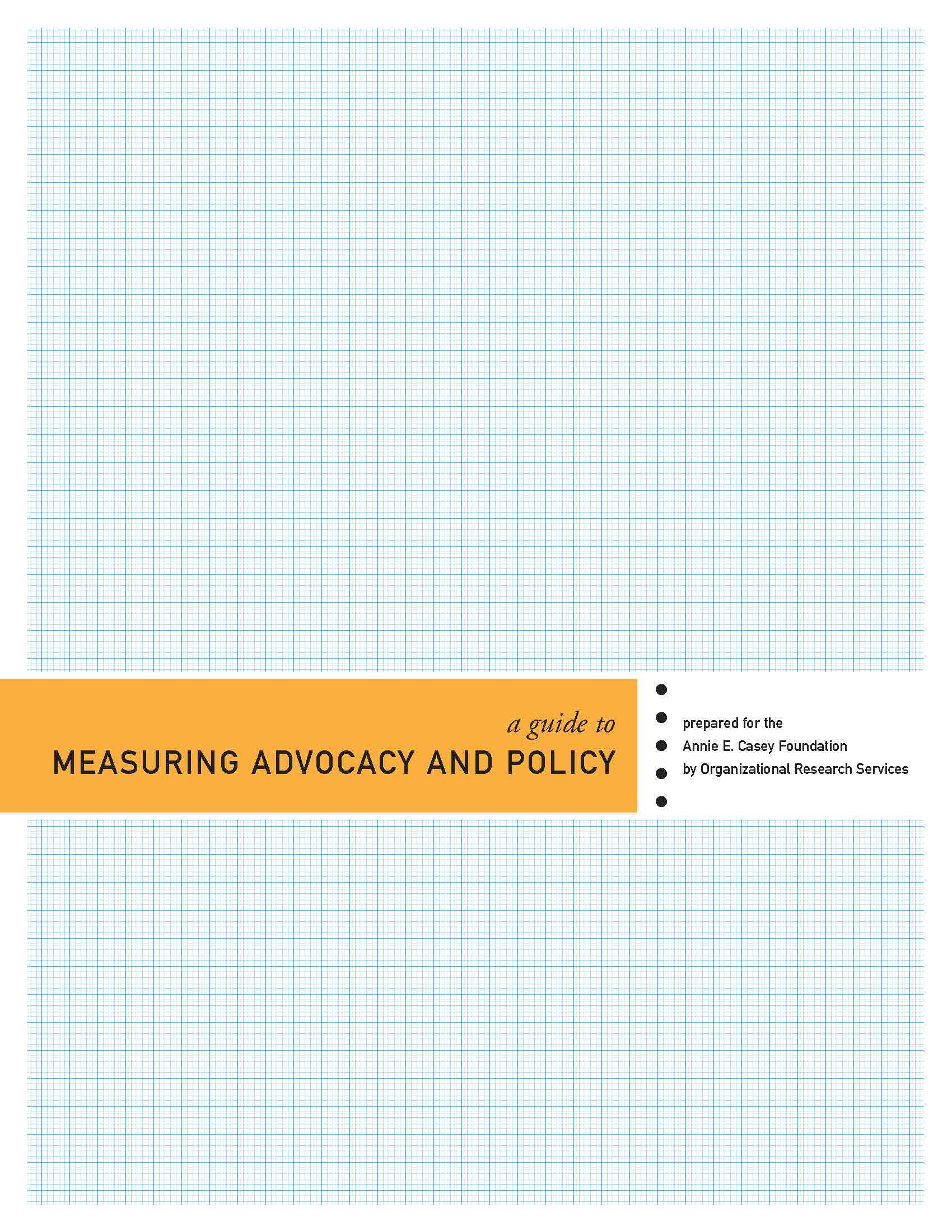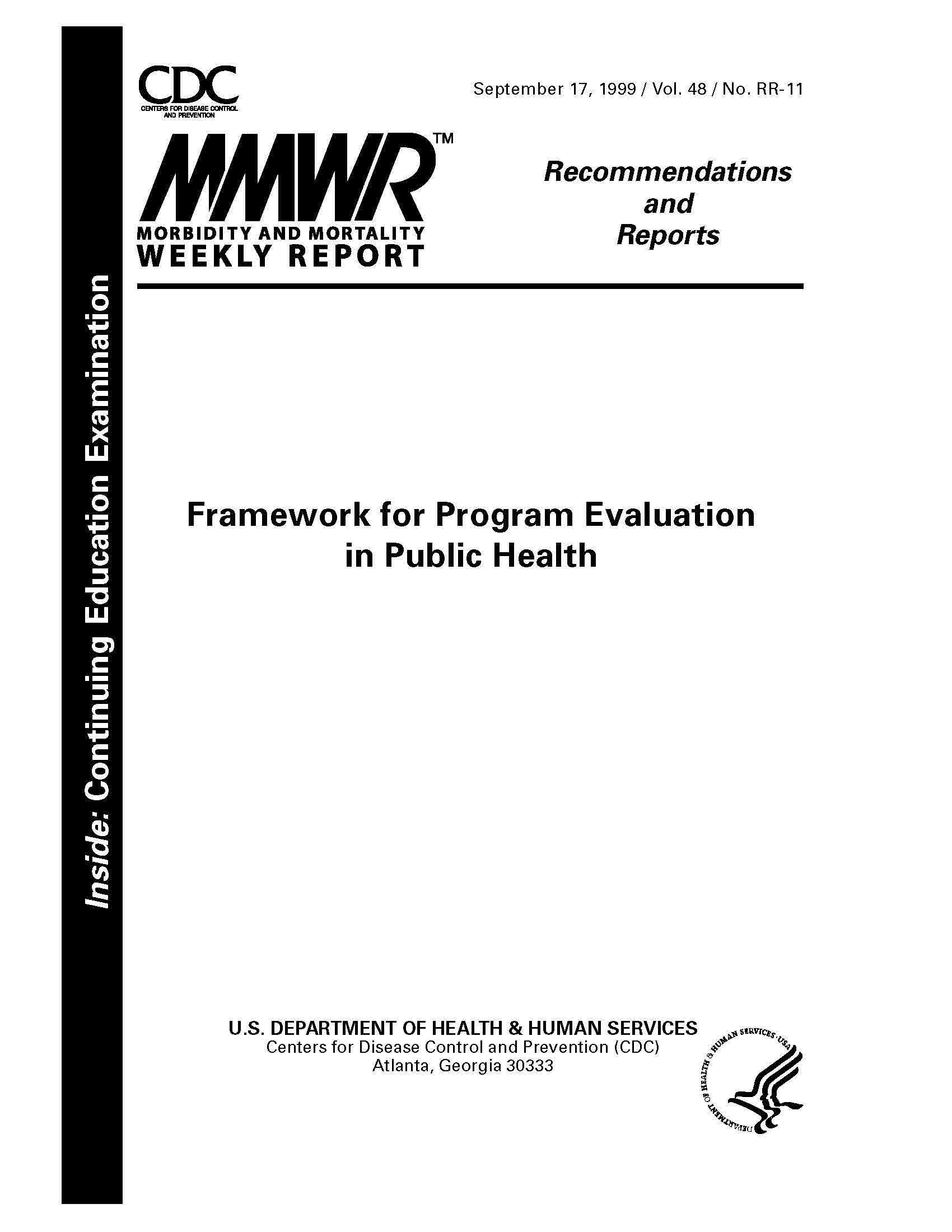
Population Health: Baseline, Follow-Up & Tracking
There are numerous entities nationally that are tracking determinants and health outcomes. States can analyze the different measures being tracked, the frequency of reports, and relevance to their vision of improving health outcomes. For example, it may be useful to use reports from America’s Health Rankings as a simple way to track improvement in health outcomes and how it relates to the other states. You can access this report at www.americashealthrankings.org. By utilizing the America’s Health Rankings states are able to compare their performance with other states and track their health outcomes over time.
The following tools may be useful as examples of tracking health outcomes at the county level and at the population level, which can then be used to target interventions and programs accordingly.
Outcome Measures
There is a national movement in academic health centers to measure their success through the level of community health improvement of their states. In order to track this, it is important to determine which outcome measures to track. Important considerations in the identification of these measures include the need to:
- Differentiate between population and program outcomes
- Prioritize based on several factors
- Community Priorities
- Partner priorities
- Institutional expertise and resources
- Political will
- Align with local and national measurement tools
- Make it personal – quantify the change
- Make it relevant
- Track over time and make projections
- Make them visually pleasing and easy to understand
- Tie the social determinants of health to recognized health outcomes
Below is a list of links to other resources for program evaluation:
Logic Models for PCEP
According to the W.K Kellogg Foundation, “effective program evaluation does more than collect, analyze, and provide data. It makes it possible for you – program stakeholders – to gather and use information, to learn continually about and improve programs… evaluation – especially program logic model approaches – is a learning and management tool that can be used throughout a program’s life – no matter what your stake in the program. Using evaluation and the logic model results in effective programming and offers greater learning opportunities, better documentation of outcomes, and shared knowledge about what works and why. The logic model is a beneficial evaluation tool that facilitates effective program planning, implementation, and evaluation.”
Below are examples of PCEP logic models from the lead states implementing health extension around the country:
New Mexico’s Logic Model
North Carolina’s Logic Model
Oklahomas’s Logic Model
Related Literature & Tools


